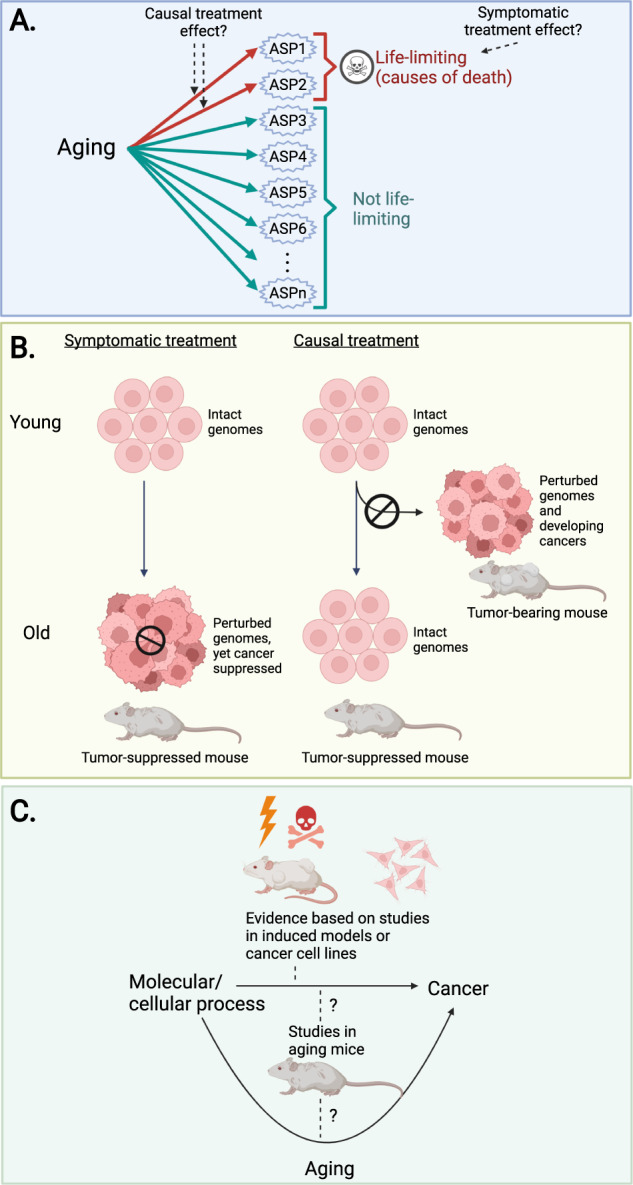Fig. 1. Lifespan is not a sufficient readout of aging.

A Only a subset of aging-associated changes (shown here as a collection of age-sensitive phenotypes; ASPs) is life-limiting in the context of natural aging. ASPs could exert their effects on lifespan either individually or via combinatorial effects. Experimental lifespan extension implies that the given intervention interacts with the life-limiting subset of ASPs, but does not speak to the intervention’s ability to influence any of the ASPs that are not life-limiting. In addition, treatments that extend lifespan could be targeting the cause of reduced lifespan in a symptomatic fashion (e.g., inhibition of cancer growth using a cytostatic drug), rather than tackling its underlying causes (e.g., inhibition of mutagenesis to prevent cancer formation in the first place). For further discussion, see the main text. B Symptomatic and causal treatments can lead to the same outcome, but through different mechanisms. The differences between symptomatic and causal treatment are shown here using the age-related pathology “cancer” as an example. Under symptomatic treatment, tumor growth is blocked by non-specifically inhibiting cell proliferation via a cytostatic drug. Importantly, however, the age-related accumulation of genome damage (that underlies cancer predisposition in old age in our example) remains unaffected by this type of approach. Causal treatment prevents the aging-associated accumulation of genome damage, thereby inhibiting cancer by targeting the biology underlying the age-related increase in cancer predisposition. C Treatment-induced anti-cancer effects in aged mice could, in principle, be explained by either anti-aging effects (treatment targets aging-associated changes that predispose for cancer formation in old age, such as genomic instability), by direct anti-cancer effects (i.e., age-independent inhibitory effects on neoplastic diseases, such as a general inhibition of cell division) or by a combination of these two effects. However, direct anti-cancer effects are sufficient to explain any observed anti-cancer effects if a treatment exerts such effects in experimental contexts that do not involve aging, such as experiments performed in young mice (e.g., with chemically induced tumors) or in cell culture models.
